目次~Table of Contents
Later History
After Ichijodani was burned, farmers used the ruins as fields. Some items of the ruins such as the Asakura Clan Hall Ruins have been well known among people, but they didn’t think such a large city was sleeping under the fields. The excavation of the ruins started in 1967. The excavation team first found garden ruins followed by foundations for many buildings, and household items from the Sengoku Period. The ruins were designated as a National Special Historic Site in 1971. Since then, over 1.7 million items have been discovered from the ruins. The restored streets and residences opened in 1984, which was considered as the first example of similar facilities in Japan.
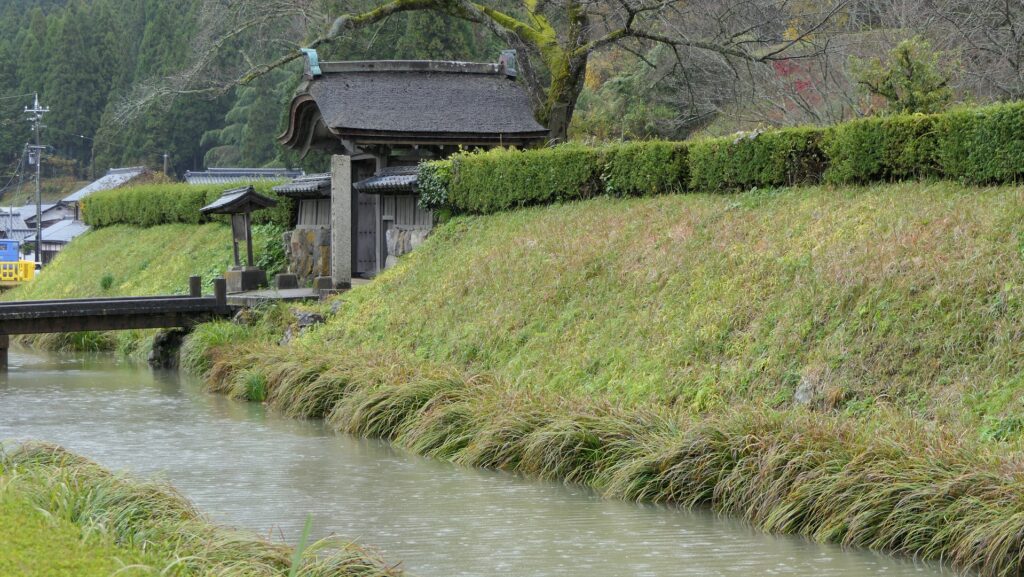
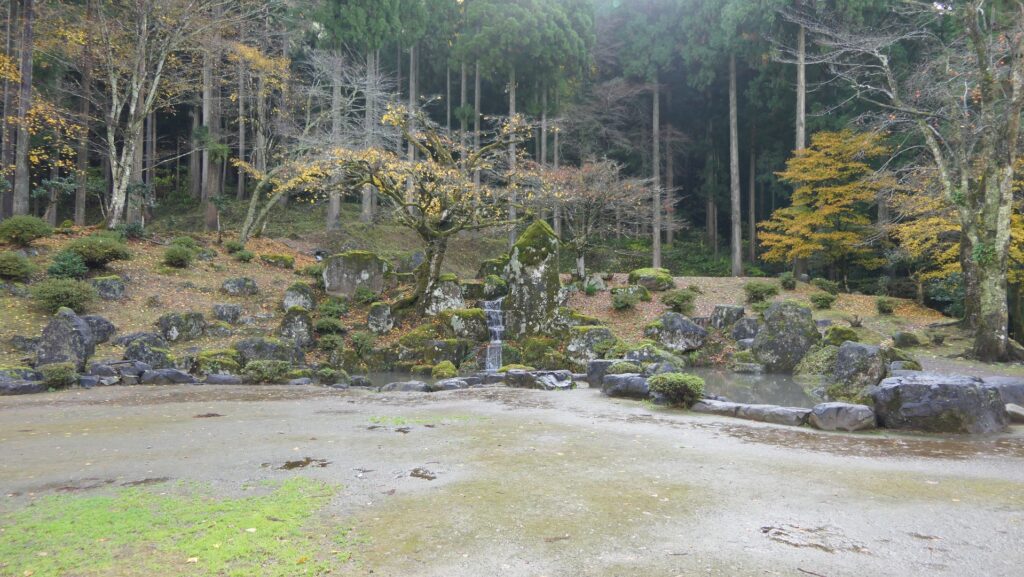
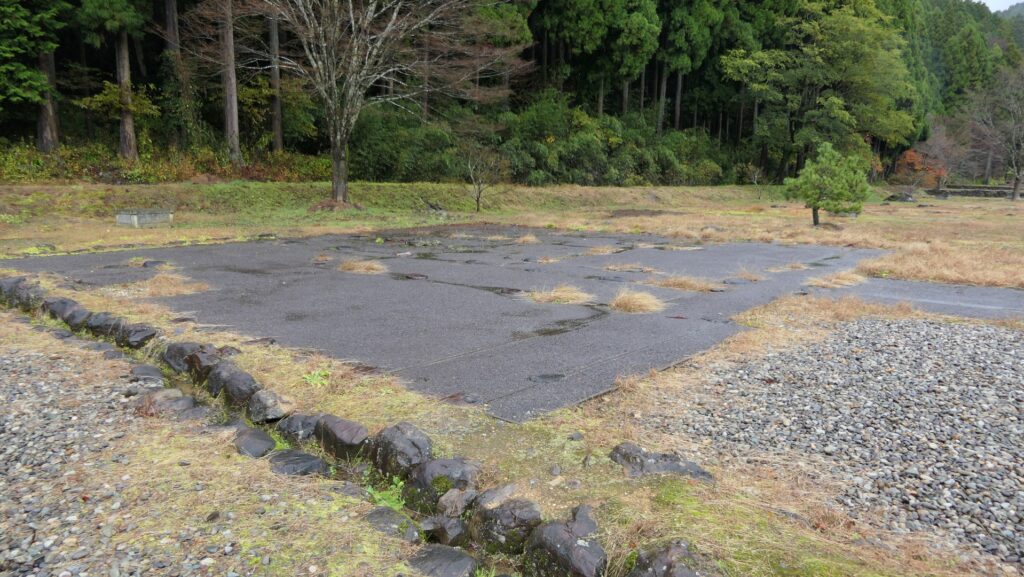
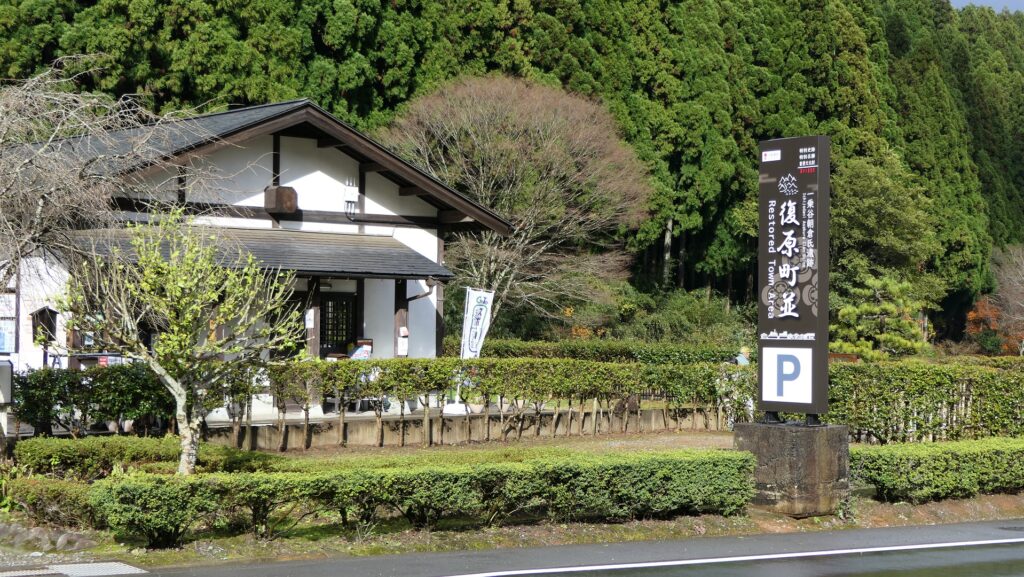
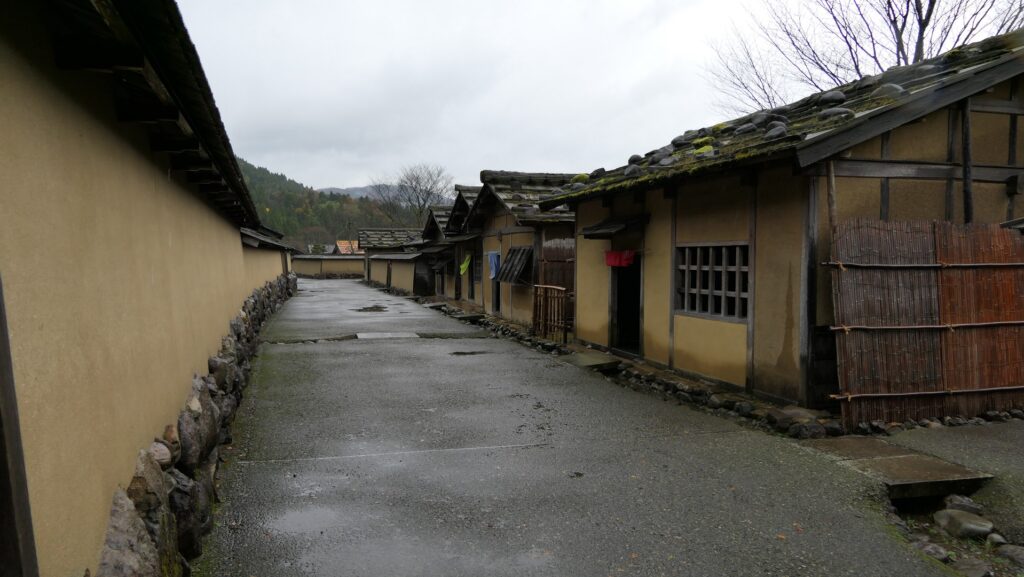
My Impression
Takakage Asakura, the first lord of the clan, left his teachings to his descendants. The teachings say you should adopt your vassals by capacity and loyalty. You must not buy expensive swords, horses, and hawks without reason. You shouldn’t invite entertainers from outside paying high fees. I’m not sure if Yoshikage Asakura, the last lord of the clan, followed his ancestor’s teachings. However, I think the prosperity of Ichijodani might have caused Yoshikage’s misfortune.
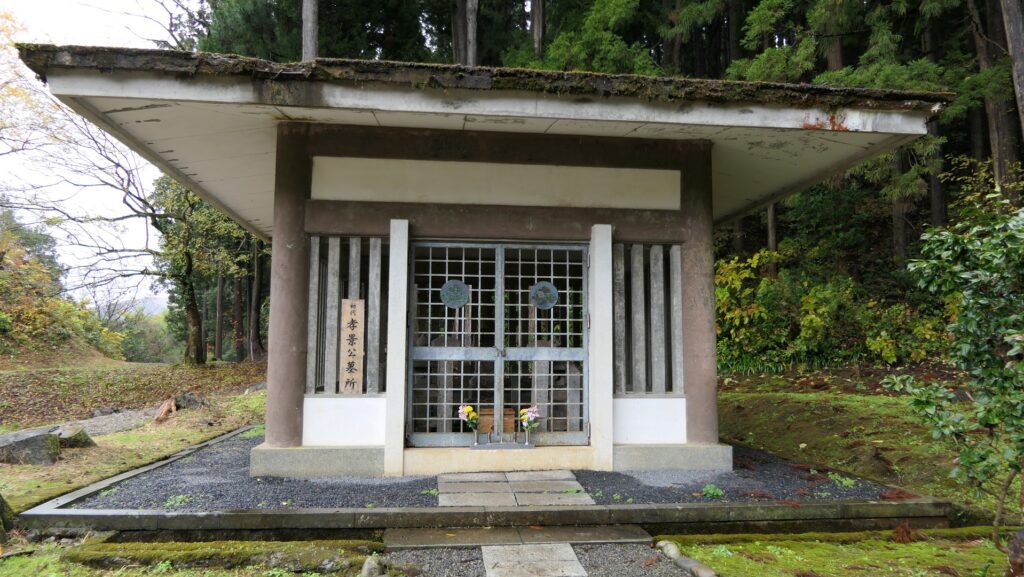
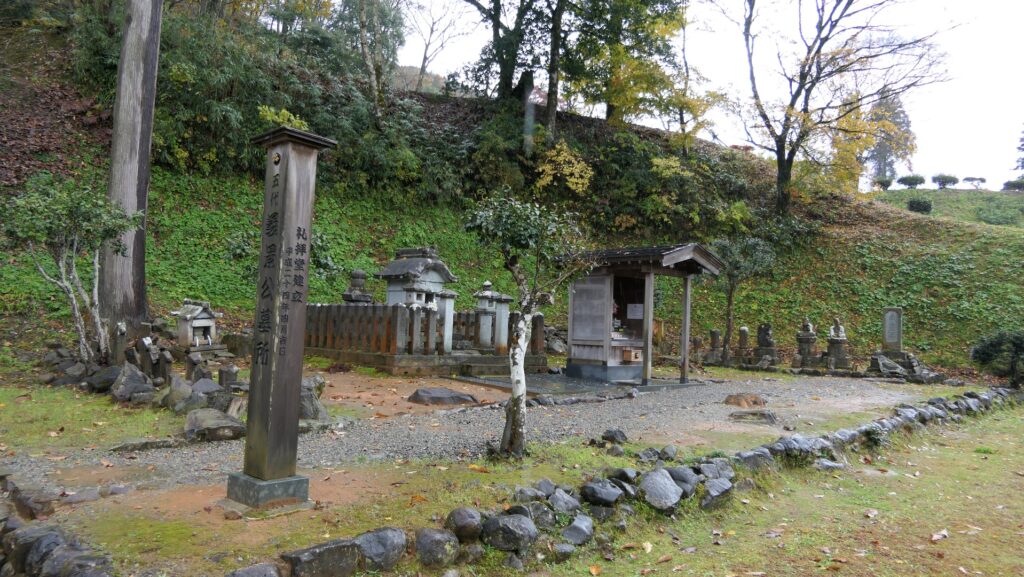
How to get There
If you want to visit there by car:
It is about 10 minutes away from Fukui IC on Hokuriku Expressway.
There are several parking lots along the ruins.
By public transportation, it takes about 10 minutes walking from JR Ichijodani Station to the ruins of the Outbound Fortress Entrance, the edge of the whole ruins.
To get to Ichijodani Station from Tokyo: Take the Hokuriku Shinkansen super express, transfer to the limited express on the Hokuriku Line at Kanazawa Station, and transfer to the Kuzuryu Line at Fukui Station.
From Osaka: Take the Thunderbird limited express and transfer to the Kuzuryu Line at Fukui Station.
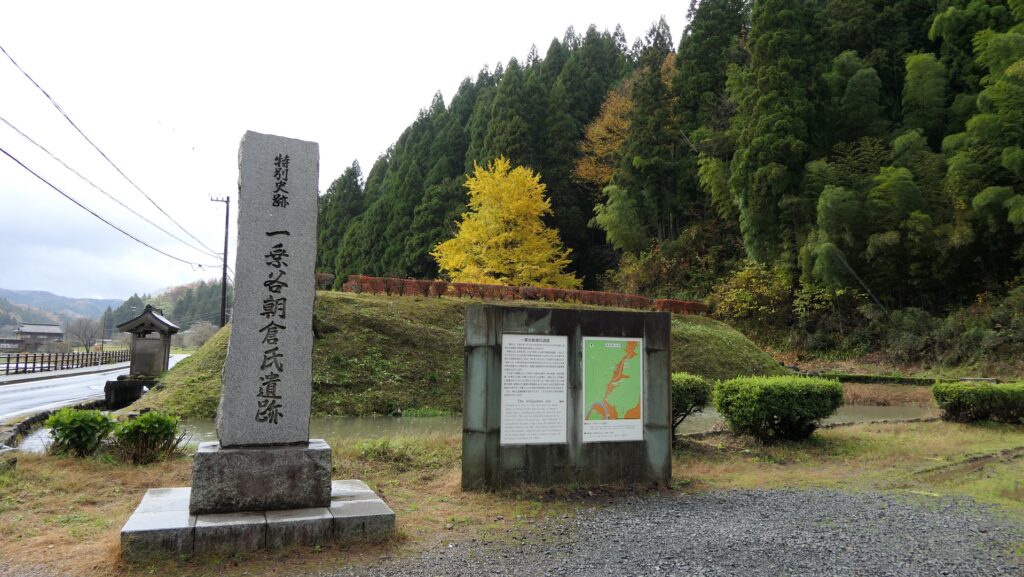
Links and References
・Ichijodani Asakura Family Site Museum
That’s all. Thank you.
Back to “Ichijodani Castle Part1”
Back to “Ichijodani Castle Part2”
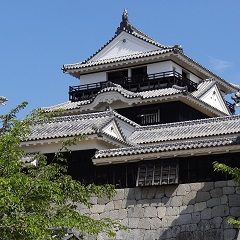
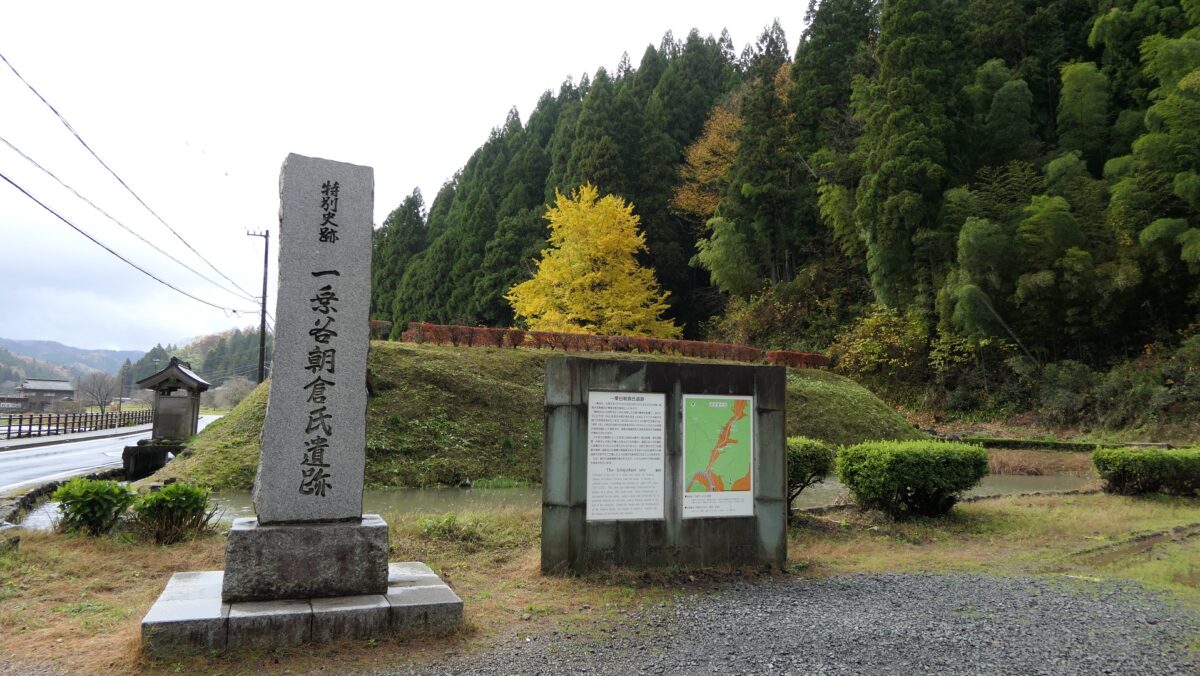
「37.Ichijodani Castle Part3」への1件のフィードバック